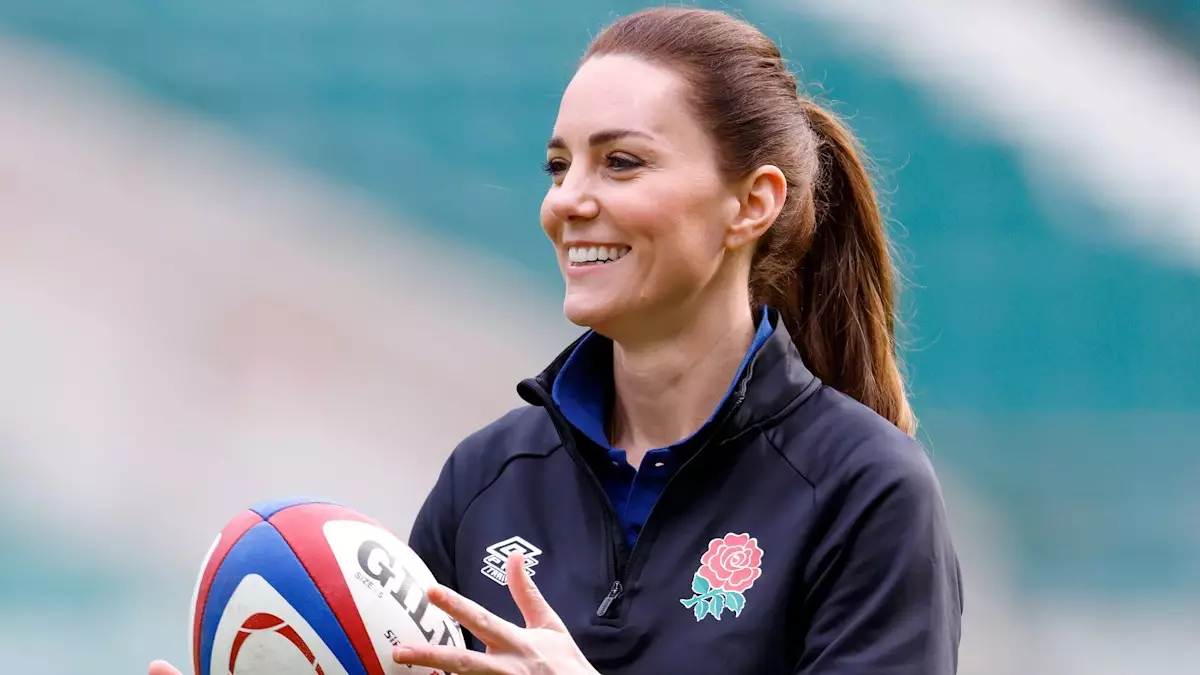In today’s fitness culture, there’s an overemphasis on achieving visible abs and sculpted torsos, often driven by media portrayals of health and attractiveness. Yet, the real essence of core strength transcends superficial aesthetics; it embodies resilience, functional stability, and overall vitality. The case of the Princess of Wales exemplifies this paradigm shift, showcasing that true core ability is rooted in functional movement, mobility, and strength that serve daily life and long-term health. While superficial workouts may promise quick results, they often neglect the intricate muscular interplay that underpins optimal human performance.
The royal’s ability to perform complex moves like the V-sit — a demanding exercise engaging multiple core muscles — indicates her dedication to functional strength. This isn’t just about holding a pose for Instagram; it’s about building a resilient trunk that can support daily tasks, prevent injuries, and maintain postural integrity over decades. The misconception that core fitness solely involves ab crunches needs to be dispelled. Instead, a holistic approach that integrates various movement patterns and muscle groups is paramount.
The Mistake of Oversimplification in Core Training
Many individuals, especially women in their forties, are misled into believing that core strength equates solely to abdominal visibility. This narrow focus ignores the complexity of the muscular network that stabilizes our spine, pelvis, and hips. For women who have had children, this misconception can be particularly harmful, leading to neglect of foundational strength that could mitigate lower back pain and postural issues.
Notably, exercises like planks, rotation movements like Russian twists, and anti-rotational drills such as bird dogs challenge different facets of core stability. These movements recruit multiple muscle groups simultaneously, resulting in more effective overall strength and control. For example, resistance exercises like dumbbell goblet squats lay the groundwork for enhanced mobility and stability, preparing the body for advanced stability drills. It’s about creating a balanced, adaptable core—one that embodies resilience rather than mere aesthetics.
The Importance of Mobility and Functional Movement
A critical, often overlooked aspect of core training is the role of mobility. The Princess’s ability to hold demanding positions with apparent ease highlights her fitness of range of motion and flexibility. Improving hip flexor, hamstring, and shoulder mobility isn’t just about flexibility; it’s about functional capacity. Stiff joints and tight muscles can impair movement, increase injury risk, and diminish core engagement during everyday tasks.
Functional movement isn’t reserved for athletes; it’s essential for everyone, especially older women who face unique challenges related to aging and postpartum recovery. Developing mobility fosters not only strength but also the agility to perform daily activities with ease and confidence. It encourages a prevention-focused mindset, promoting longevity and quality of life.
Beyond the Surface: The Deep Benefits of Core Resilience
True core strength anchors far more than fitness routines; it influences posture, reduces chronic pain, and enhances quality of life. Women in their forties often confront postural shifts and musculoskeletal discomfort. Cultivating a strong core can be transformative in reversing such issues, allowing for a more upright, pain-free existence.
It’s time to challenge the misconception that core training is only about achieving a six-pack. Instead, we should view it through the lens of holistic health. By nurturing core stability, mobility, and functional strength, women empower themselves against the inevitable physical challenges of aging. This isn’t about quick fixes but fostering a resilient foundation that supports a vibrant, energized life well into the future.
In essence, the secret to a powerful, lasting core lies in embracing a comprehensive, movement-oriented approach. It’s about cultivating strength that propels us forward—movement that sustains us in every phase of life, not just in fleeting moments of vanity.

